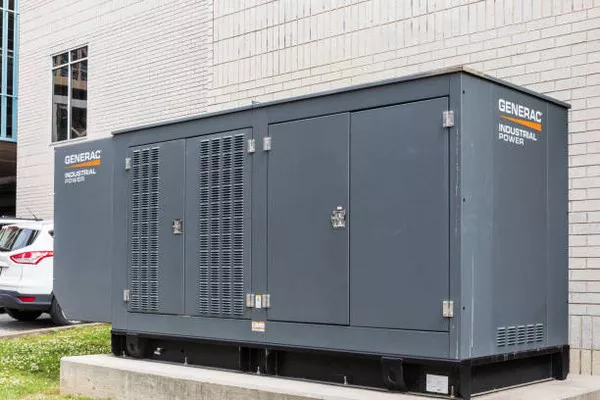Generator capacity refers to the amount of electrical power that a generator can produce, typically measured in watts (W) or kilowatts (kW). This capacity determines what appliances and devices the generator can power effectively.
Measurement of Generator Capacity
Generator capacity is usually indicated on the generator itself or in its specifications. The capacity is determined by the generator’s engine size, alternator size, and the type of fuel it uses. For example, a generator might be rated for 5,000 watts, meaning it can continuously supply up to 5,000 watts of power under optimal conditions.
Wattage and Its Significance
Wattage measures the rate at which electrical energy is consumed or produced by an appliance. It indicates how much power an appliance requires to operate. Understanding the wattage of appliances is crucial when determining whether a generator can power them.
Common Appliances and Their Power Requirements
Below is a comprehensive list of common household, RV, camping, and power tools with their average wattage requirements:
- Refrigerator: 600-800W
- Air conditioner (10,000 BTU): 1,200-1,500W
- Microwave oven: 800-1,200W
- Television: 100-400W
- Laptop computer: 50-200W
- Electric kettle: 1,500-3,000W
- Hairdryer: 1,200-1,800W
- Table fan: 25-75W
- Blender: 300-700W
- Power drill: 500-1,200W
Calculating Total Power Needs
To calculate the total wattage needed to power multiple devices simultaneously, follow these steps:
Make a list of all the appliances and devices you plan to power.
Determine the wattage of each item from its specifications or using a wattage meter.
Add up the wattage of all appliances to find the total power requirement.
Consider any starting surges or peak loads that certain appliances may have, and ensure your generator can handle these spikes.
Safety Tips
Operating generators and powering devices come with potential risks. Here are some safety tips to keep in mind:
- Read and follow the manufacturer’s instructions for both the generator and the appliances you’re powering.
- Place the generator outdoors in a well-ventilated area to prevent carbon monoxide buildup.
- Use heavy-duty extension cords rated for outdoor use and with a sufficient gauge to handle the load.
- Never overload the generator beyond its capacity.
- Regularly inspect the generator for any signs of wear or damage, and perform maintenance as needed.
Generator Maintenance
Proper maintenance is crucial for maximizing a generator’s capacity and longevity. Maintenance tasks may include:
- Regularly checking oil levels and changing oil as recommended by the manufacturer.
- Inspecting and cleaning air filters to ensure proper airflow.
- Checking and tightening electrical connections.
- Testing the generator periodically to ensure it starts and runs smoothly.
- Storing the generator properly when not in use, following manufacturer guidelines.
Types of Generators
There are several types of generators, each with different power capacities and suitable applications:
Portable generators: These are versatile and commonly used for outdoor activities, camping, and powering essential appliances during power outages. They typically range from 1,000 to 10,000 watts.
Standby generators: These are installed permanently and automatically provide backup power during outages. They can range from 5,000 to 20,000 watts or more, depending on the size of the home or building they’re powering.
Inverter generators: These are known for their quiet operation and clean power output. They’re suitable for powering sensitive electronics and typically range from 1,000 to 5,000 watts.
RV generators: Specifically designed for recreational vehicles, these generators provide power for onboard appliances and systems. They usually range from 2,000 to 8,000 watts.
Real-Life Scenarios
Different generator capacities are necessary for various scenarios:
Home Backup During Outages: Standby generators with sufficient capacity are essential for providing uninterrupted power during blackouts, ensuring the comfort and safety of residents.
Camping Trips: Portable generators with enough power to run essential camping appliances, such as lights, a refrigerator, and a portable stove, enhance the camping experience.
Construction Sites: Generators with high capacities are required to power heavy-duty tools and equipment at construction sites where grid power may be unavailable.
In conclusion
understanding generator capacity, knowing the power requirements of appliances, calculating total power needs, following safety protocols, performing regular maintenance, and selecting the right type of generator are essential for effectively powering various devices in different scenarios. By adhering to these guidelines, users can maximize the performance and longevity of their generators while ensuring reliable power supply wherever it’s needed.

